The Boolean Satisfiabiity problem is a generalization for checking the satisfiability of a boolean expression. Now the boolean expression is generated by the nonnegativity algorithm of a polynomial. The polynomial could for example be  and
and  with some interval such as
with some interval such as ![$x_i\in[0.1,0.3]\;\;\forall i=1,...,n$](../../images/3846245548.webp) where
where  is the amount of variables. I currently check the features of polynomials such as nonnegativity with special algorithms such as branch-and-bound algorithm where I make the large problem into smaller problems but missing features such as learning promised by some SAT solvers such as MiniSat. So
is the amount of variables. I currently check the features of polynomials such as nonnegativity with special algorithms such as branch-and-bound algorithm where I make the large problem into smaller problems but missing features such as learning promised by some SAT solvers such as MiniSat. So
Some SAT solvers designed to check properties of polynomials such as multilinear functions or general multivariate functions?
Any easy way to convert a multivariate function and the non-negativity algorithm into a boolean expression?